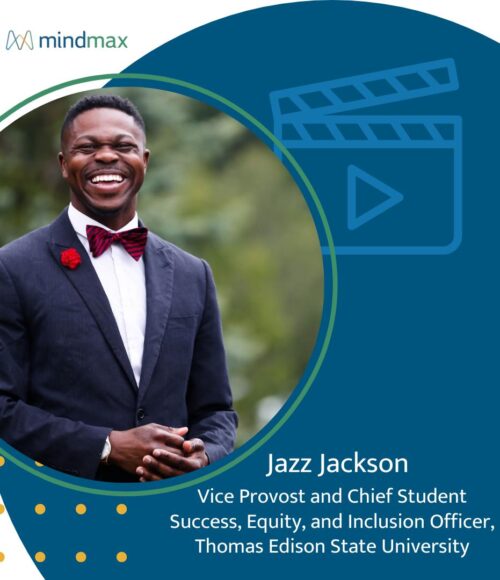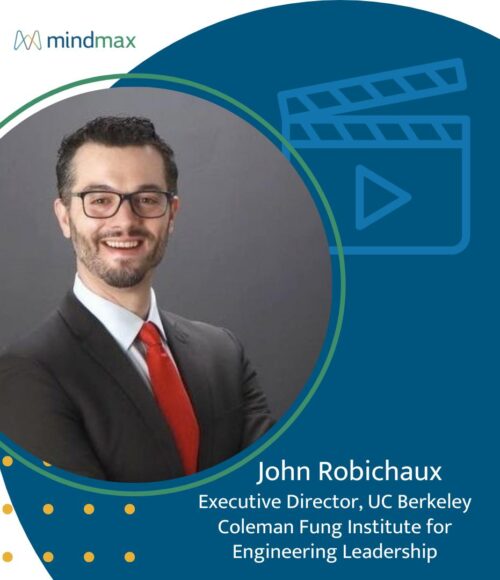Thinking Beyond College Rankings

Thinking Beyond College Rankings
A few months ago, Education Secretary Miguel A. Cardona declared college rankings “a joke.”
He made this bold statement in support of a broader point he presented in an article for The Chronicle of Higher Education: elite institutions “spend enormous resources to climb college rankings and compete for the most affluent, highest-scoring students.”
Calling for “a new vision for college excellence,” Cardona championed equity, inclusivity, and upward mobility for disadvantaged demographics as new metrics for success to take the place of privilege, legacy, and selectivity.
I can’t recall an Education Secretary in recent years taking such a powerful and progressive stance on how to rethink higher education, and I, for one, fully support Cardona’s vision.
Reimagining the Measure of Success in Higher Education
What does it mean to succeed—in high school, in college, and in life? There has never been much agreement on the answer.
However, data going back to at least 1943, when Abraham Maslow developed his hierarchy of needs framework, gives us one important takeaway: success is tied to having one’s basic needs met.
Federally funded colleges that have open enrollment policies and aspire to serve a diverse population of students (including those in their own communities) must provide the scaffolding that disadvantaged students require to be successful in college and life. Unfortunately, it’s hard for these colleges to achieve this goal—and fulfill their missions—when their primary measure of success is how high they rank.
There has been greater diversity in college rankings in recent years—take a look at how Forbes filters theirs—so let’s give credit where credit is due. Still, a community college striving to ensure equity, inclusivity, and upward mobility for its students will never be as “successful” on paper as an Ivy League university rewarded for privilege, legacy, and selectivity.
It comes as no surprise that when a school’s success is measured by its ranking, students who attend a Top 50 school have better outcomes. Meanwhile, community colleges suffer from underfunding, which directly affects their ability to meet the needs of students who are already at a disadvantage.
Reimagining success in higher education could, among other important benefits, give federally funded schools a well-deserved boost, putting them in a better position to serve their students.
Let’s Celebrate Schools That Are Making a Real Difference
As Cardona put it, “Most important innovations in higher education today are being driven by institutions that get little glory but that are narrowing gaps in access to college opportunity and accelerating their graduates’ economic mobility.”
MindMax is fortunate to be part of this challenging endeavor through its partnership with the College of Continuing and Professional Education (CCPE) at California State University, Dominguez Hills (CSUDH). CSUDH launched a compassionate reenrollment program that engages their own non-degreed students, most of whom were burdened by socioeconomic hardship. They committed to getting these students back on track, and they delivered.
We look forward to helping more schools like CSUDH make a meaningful difference in people’s lives with our second chance services. Reach out to learn more about how MindMax can support your compassionate reengagement campaign.
Related Ideas
Jazz Jackson Wants to Help Every Student Finish What They Start

John Robichaux Wants Lifelong Learning to Drive Public Impact
